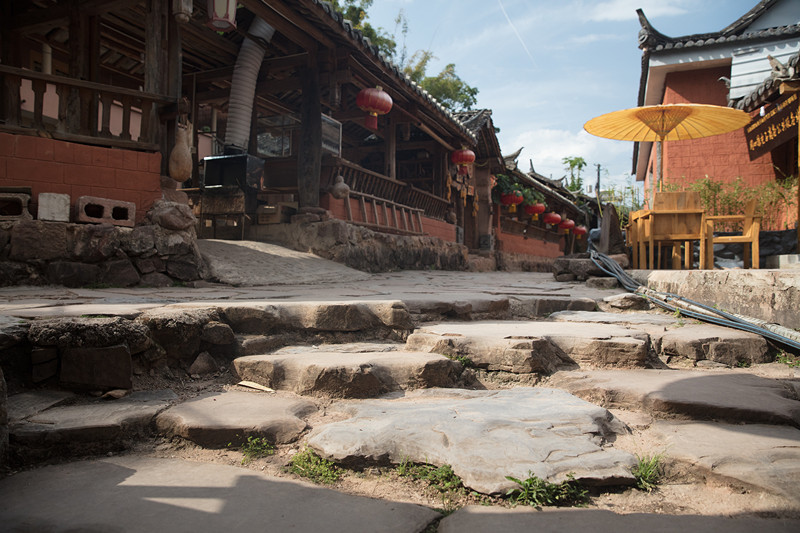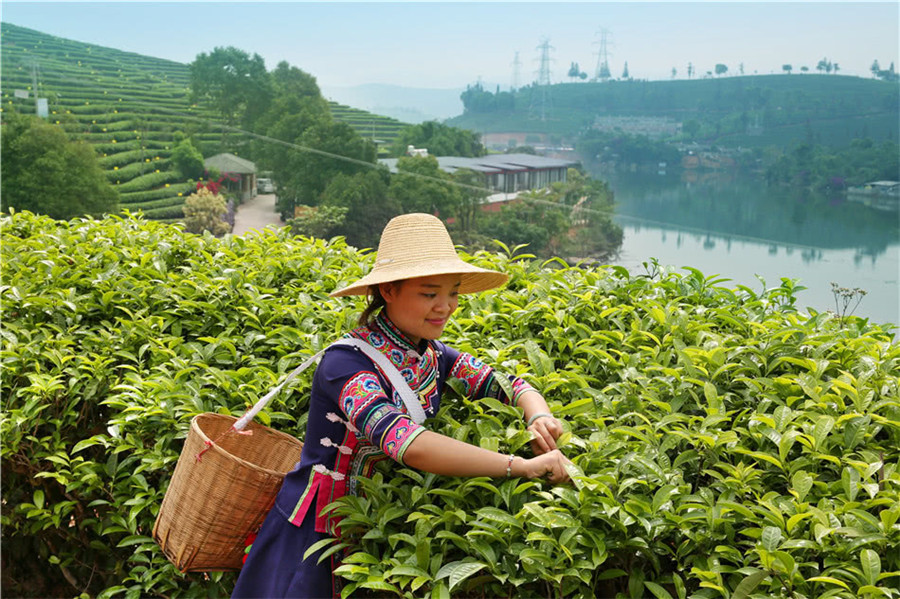The History of Puer City and Puerh Tea

Pu’er City: The Cradle of Pu Erh Tea
Geographical and Historical Background
Pu’er City, located in the southern part of Yunnan Province in China, is the birthplace of Pu Erh tea. The region’s unique geographical features, including its high altitude, rich soil, and favorable climate, create ideal conditions for tea cultivation. The city’s history is deeply intertwined with the indigenous tribes, such as the Bulang and the Wa, who have cultivated wild tea trees for centuries.
Early Development
The origins of Pu Erh tea can be traced back over a thousand years, to the Eastern Han Dynasty (25-220 AD). The indigenous tribes were the first to discover the value of the wild tea trees in the forests around Pu’er. These early cultivators not only harvested tea for their consumption but also developed rudimentary processing techniques.

Tang and Song Dynasties: The Rise of Pu Erh Tea
The Tea Horse Road
During the Tang Dynasty (618-907 AD), Pu Erh tea began to gain prominence. The ancient Tea Horse Road, a vital trade route, was established to facilitate trade between Yunnan and Tibet. Pu Erh tea, known for its long shelf life and medicinal properties, was exchanged for horses and other goods. This trade route significantly boosted the economic and cultural exchange between the regions.
Cultural Integration
The Song Dynasty (960-1279 AD) saw an increase in the cultural integration of tea into Chinese society. While loose leaf tea became more popular in other parts of China, the remote regions of Yunnan continued to produce compressed Pu Erh tea, valued for its practicality in transport and storage.
Ming and Qing Dynasties: The Golden Era
Processing Techniques
The Ming Dynasty (1368-1644) introduced new tea processing techniques, transitioning from compressed tea cakes to loose leaf tea. However, Pu Erh tea retained its traditional compressed form, which allowed it to age and develop complex flavors over time.
Imperial Demand
In the Qing Dynasty (1644-1912), Pu Erh tea reached new heights of popularity. It became a staple in the imperial court and among scholars, prized for its aging potential and rich, evolving flavors. The tea’s ability to improve with age made it highly sought after, leading to increased demand and higher prices.
20th Century to Present: Revival and Global Recognition
Challenges and Revival
The 20th century brought challenges to Pu Erh tea production, including disruptions from the Chinese Civil War and the Cultural Revolution. However, the tea experienced a revival in the 1980s as interest in traditional Chinese teas resurfaced. The unique aging process of Pu Erh tea, along with its historical and cultural significance, captivated tea enthusiasts worldwide.

Modern Production and Varieties
Today, Pu Erh tea is categorized into two main types: “sheng” (raw) Pu Erh, which ages naturally over time, and “shu” (ripe) Pu Erh, which undergoes an accelerated fermentation process. Both types are celebrated for their unique flavors and health benefits. Pu Erh tea continues to be a major economic contributor to Yunnan Province, supporting local farmers and preserving traditional tea-making techniques.
Conclusion
The history of Pu’er City and Pu Erh tea is a rich tapestry of cultural, economic, and agricultural development. From its ancient beginnings among indigenous tribes to its status as a prized commodity in imperial courts, Pu Erh tea has carved out a unique place in the world of tea. Today, it remains a symbol of tradition, quality, and the intricate art of tea production, cherished by connoisseurs around the globe.

 7 Days GolfingTour
7 Days GolfingTour
 8 Days Group Tour
8 Days Group Tour
 8 Days Yunnan Tour
8 Days Yunnan Tour
 7 Days Shangri La Hiking
7 Days Shangri La Hiking
 11 Days Yunnan Tour
11 Days Yunnan Tour
 6 Days Yuanyang Terraces
6 Days Yuanyang Terraces
 11 Days Yunnan Tour
11 Days Yunnan Tour
 8 Days South Yunnan
8 Days South Yunnan
 7 Days Tea Tour
7 Days Tea Tour
 8 Days Muslim Tour
8 Days Muslim Tour
 12 Days Self-Driving
12 Days Self-Driving
 4 Days Haba Climbing
4 Days Haba Climbing
 Tiger Leaping Gorge
Tiger Leaping Gorge
 Stone Forest
Stone Forest
 Yunnan-Tibet
Yunnan-Tibet
 Hani Rice Terraces
Hani Rice Terraces
 Kunming
Kunming
 Lijiang
Lijiang
 Shangri-la
Shangri-la
 Dali
Dali
 XishuangBanna
XishuangBanna
 Honghe
Honghe
 Kunming
Kunming
 Lijiang
Lijiang
 Shangri-la
Shangri-la
 Yuanyang Rice Terraces
Yuanyang Rice Terraces
 Nujiang
Nujiang
 XishuangBanna
XishuangBanna
 Spring City Golf
Spring City Golf
 Snow Mountain Golf
Snow Mountain Golf
 Stone Mountain Golf
Stone Mountain Golf











